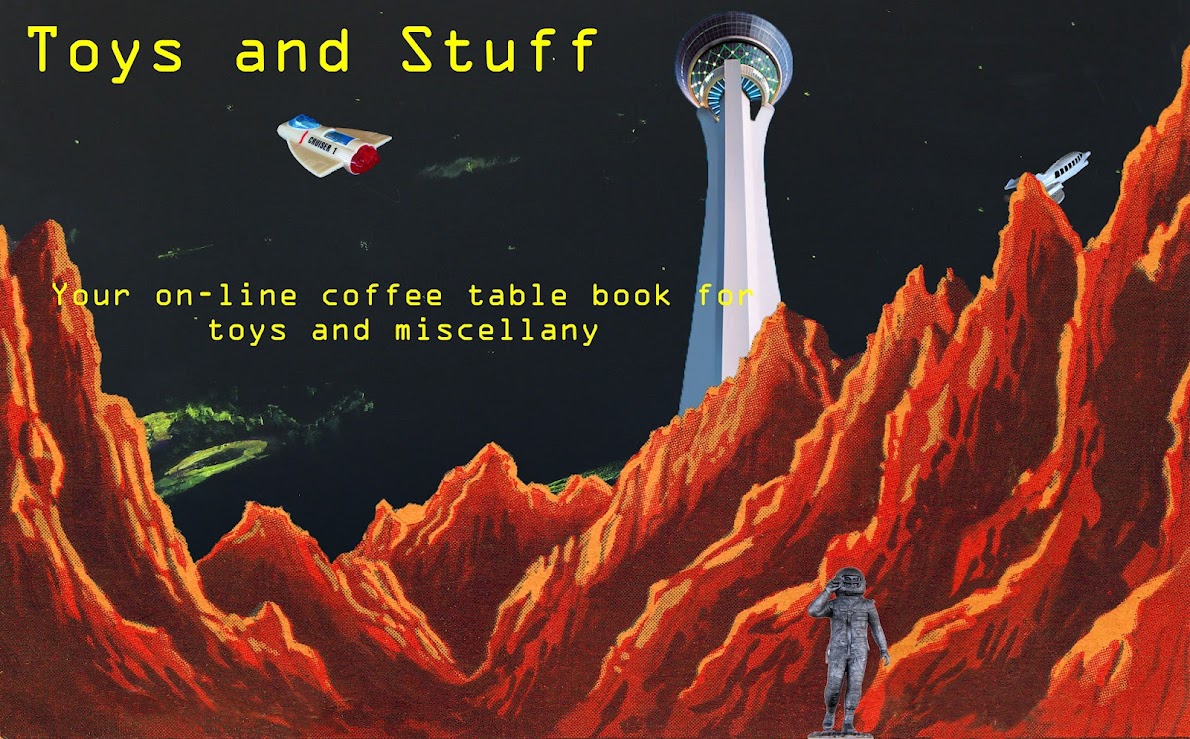Looking at the wagons in Northwestern Products set No. 618 we first come to the Conestoga Wagon. The Conestoga Wagon originated in the Conestoga River region of Lancaster County in Pennsylvania as a freight and produce hauler in the mid-to-late 1700s. It had distinctive downward curved floor, bowed sides, and outwardly tapered support hoops giving it a unique silhouette. These were designed to cover heavy loads (as much as 6 tons!) over long distances. Typically it took four to six horses to haul this large wagon and, unlike what's depicted on the toy, the driver either walked alongside or rode one of the rear horses.
My perception of the Conestoga was formed by Hollywood because of its occasional depiction in some movies as a prime mover of people westward in wagon trains. That perception was strengthened by the toys of the '50s as well, evidenced here by its inclusion in a set with a stagecoach and box cover art showing an Old West town. Well, Hollywood and the toymaker's got it wrong yet again! The fact is it was too big and heavy for the task and remained primarily a goods hauler in the east and was rarely seen out west. The advent of shipping freight via railroad pretty much negated the need for these large wagons and by the end of the Civil War they were no longer being manufactured.
The wagon measures 11" (27.9cm) L x 5 1/2" (14cm) H (to the top of the hoop) x 3 3/4" (9.5cm) W and would normally have a third hoop and a cloth top. All the wagons in the set are actually pull toys and come equipped with a string attached to the front of the falling yoke (the long pole the horses are attached to). The wheels on all the wagons are made of a thin, flimsy looking plastic although photos of the real wagons show a similar profile. However, that thin plastic doesn't hold up well under rough play and many wheels are found broken. The tin-litho horses are attached with, in retrospect, a very poorly designed arrangement consisting of an arm cut out from the yoke, bent at a 90° angle, inserted into the horse and a tab bent over the horses side (see photos below). Tomorrow we'll look at the Springfield Freighter! Enjoy! Opa Fritz and Oma Bettina
The arms holding the horses in place are cut out from the main body of the yoke and bent as seen in the photo below. Because the metal used in the manufacture is so light and pliable it doesn't take a lot of bending before these arms break off, one reason why so many of these wagons are missing horses.
The flimsy arms impale the horses sides and too weak to support much rough play.

No comments:
Post a Comment